The subject of many nutritional debates, lectins are an “anti-nutrient” (they block the absorption of nutrients) and may be a major cause for Crohn’s disease, obesity, celiac disease, chronic inflammation and autoimmune disease. Lectins are found in all plants, but raw legumes (beans, lentils, peas, soybeans, peanuts) and whole grains, like wheat, contain the highest amounts.
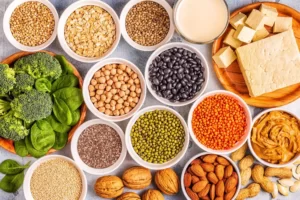
Lectin defense system
They are carbohydrate-binding proteins present throughout nature that act as agglutinins. Gluten—labelled by some as a nutrition “bad guy”—is probably the most notorious lectin. You can think of lectins as built-in bodyguards for plants.
While animals have teeth and claws to protect themselves from getting eaten, plants are pretty defenseless. Plus, they’re usually rooted in place so they can’t even run away. So, plants have evolved to produce chemical compounds — like lectins — to repel microorganisms, insects and other pests.
If an animal eats the plant anyway, these compounds also help seeds remain intact as they pass through digestive systems unscathed. That way, when an animal poops, the seed lives on to sprout, grow and produce more seeds, thus ensuring the survival of its species.
Lectins wreaking havoc in humans
Humans can’t digest lectins. These compounds usually pass through our digestive system unchanged. Occasionally, however, if someone’s digestive system is impaired – from Crohn’s disease or other inflammatory conditions, like celiac disease, leaky gut or autoimmune disease – lectins sneak their way into the bloodstream. It’s there that lectins can cause big problems.
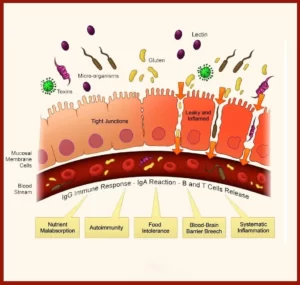
A 2015 study found that almost 30% of the food you eat contains lectins, some of which may enter the circulation, leaking through interstitial spaces between GI tract’s epithelial cells. Active lectins can also interfere with the absorption of minerals, especially calcium, iron, phosphorus and zinc, precisely because of their binding properties.
Finally, lectins disrupt digestion and cause severe intestinal damage when consumed in excess by an individual with dysfunctional enzymes. These effects are followed by disruption of intestinal barrier integrity, which is the gateway to various autoimmune conditions, Crohn’s disease, or celiac disease among others.
Managing lectins
Soaking, pressure cooking, sprouting and fermentation among other traditional techniques, all dramatically reduce the amount of lectins, to the point that most of us don’t get any symptoms.

A diet that is rich in lectin increases the risk of many western chronic diseases. These conditions are linked with each other; if you have one, you have a high chance to develop others: moving from celiac disease to Crohn’s disease can happen almost without notice.
In summary, lectins are a plant defense mechanism and serve as protection for these from being eaten. So, it’s not surprising that eating large amounts of lectins is indeed a threat to our health.
At NutriFix, we carefully soak our pulses, providing only nutritional value to our dishes, like Oriental Touch or Inca Salad. Try it for yourself and start dribbling lectins. Your GI tract will thank you forever.

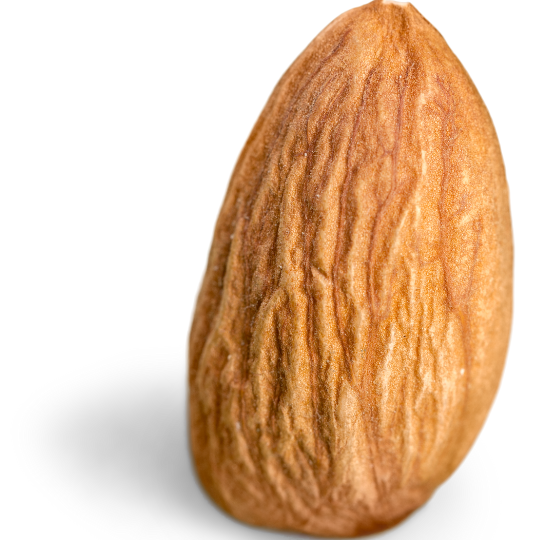
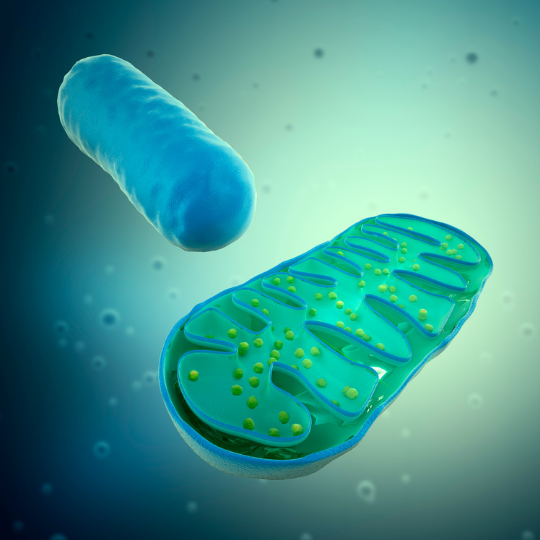
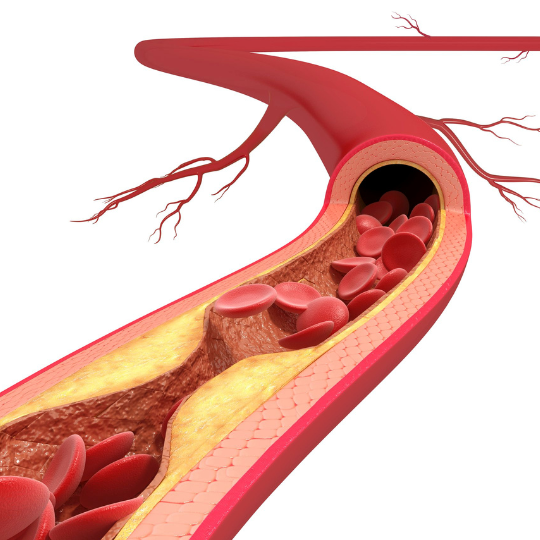









Comments are closed.